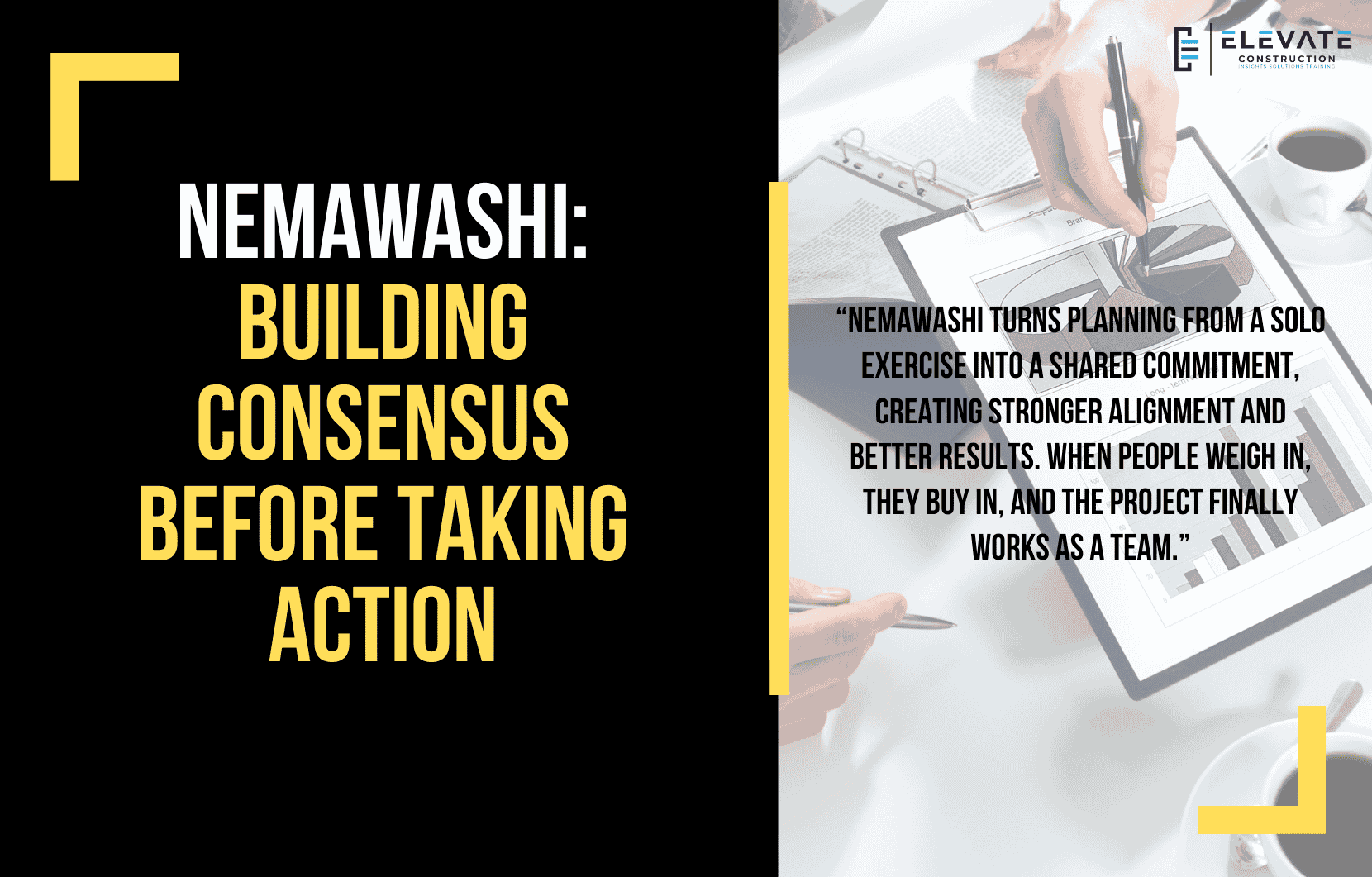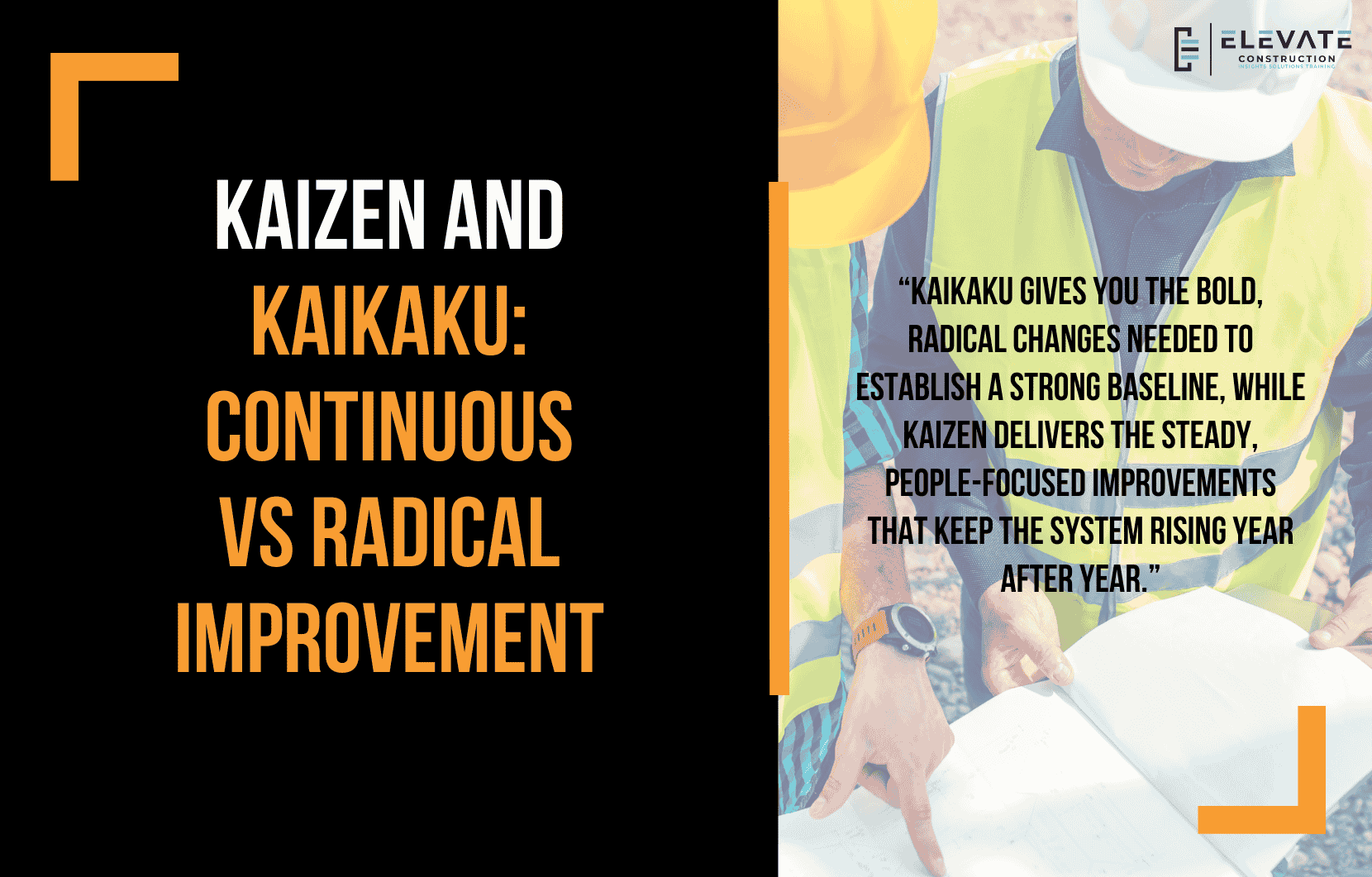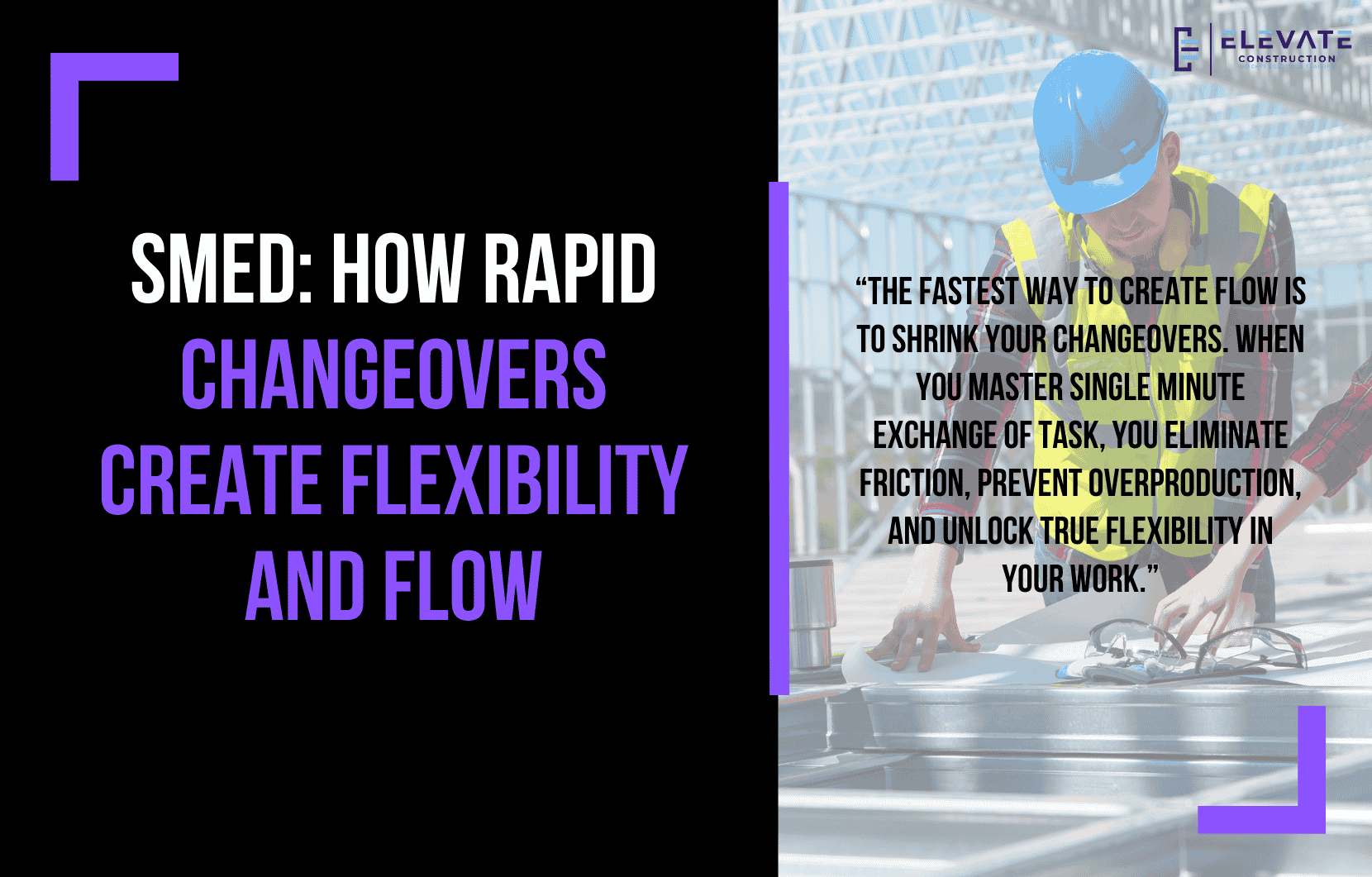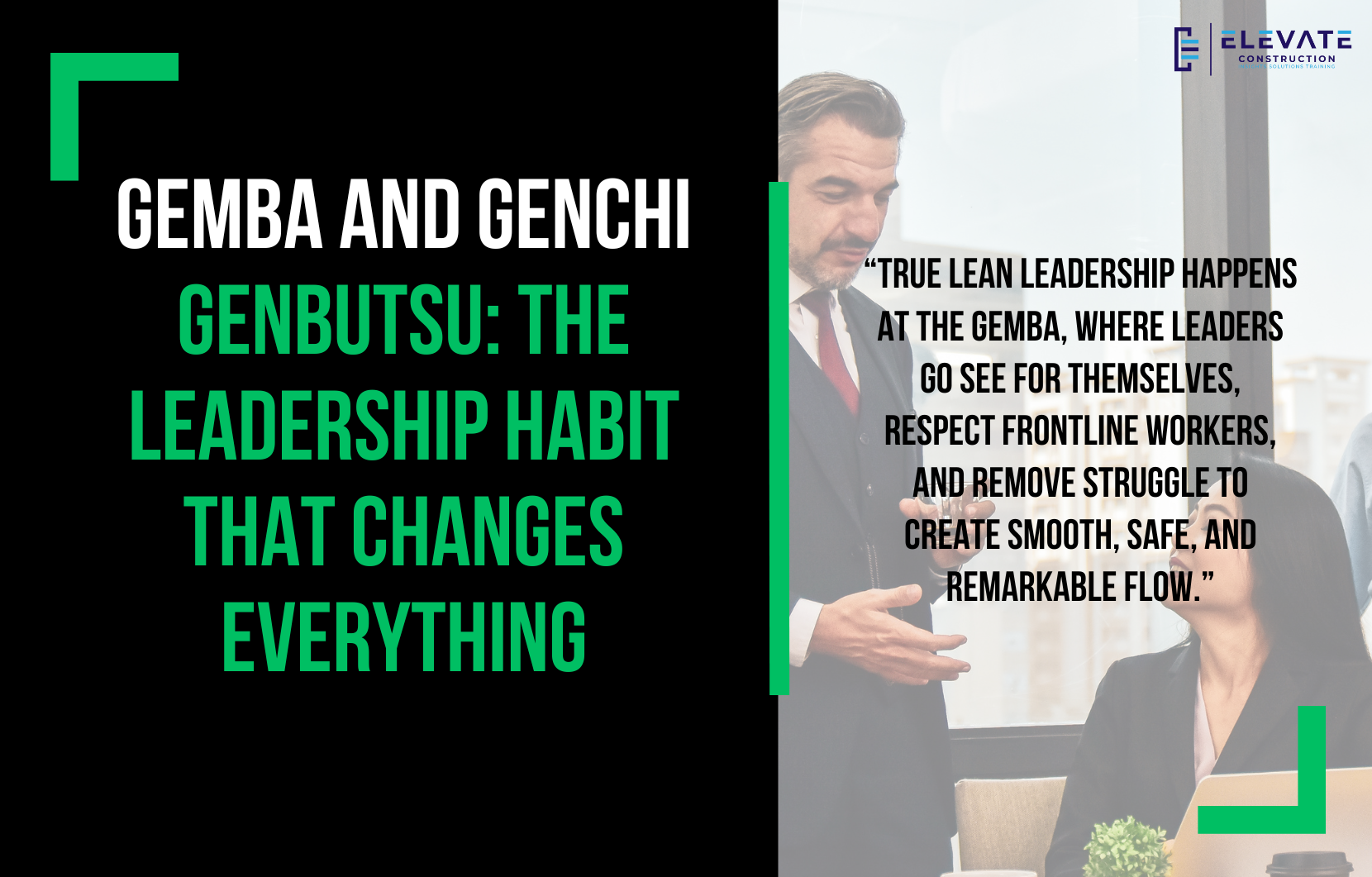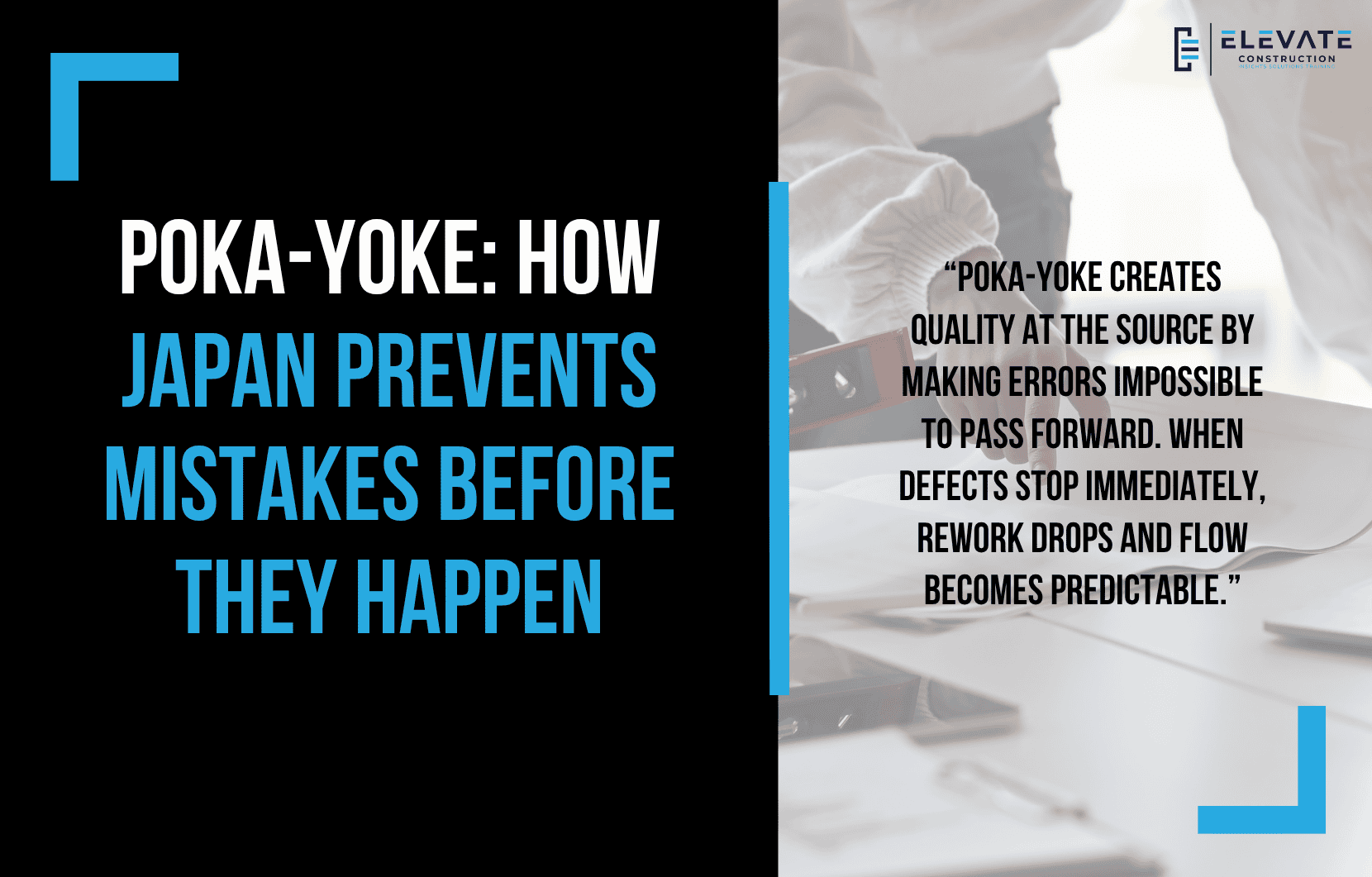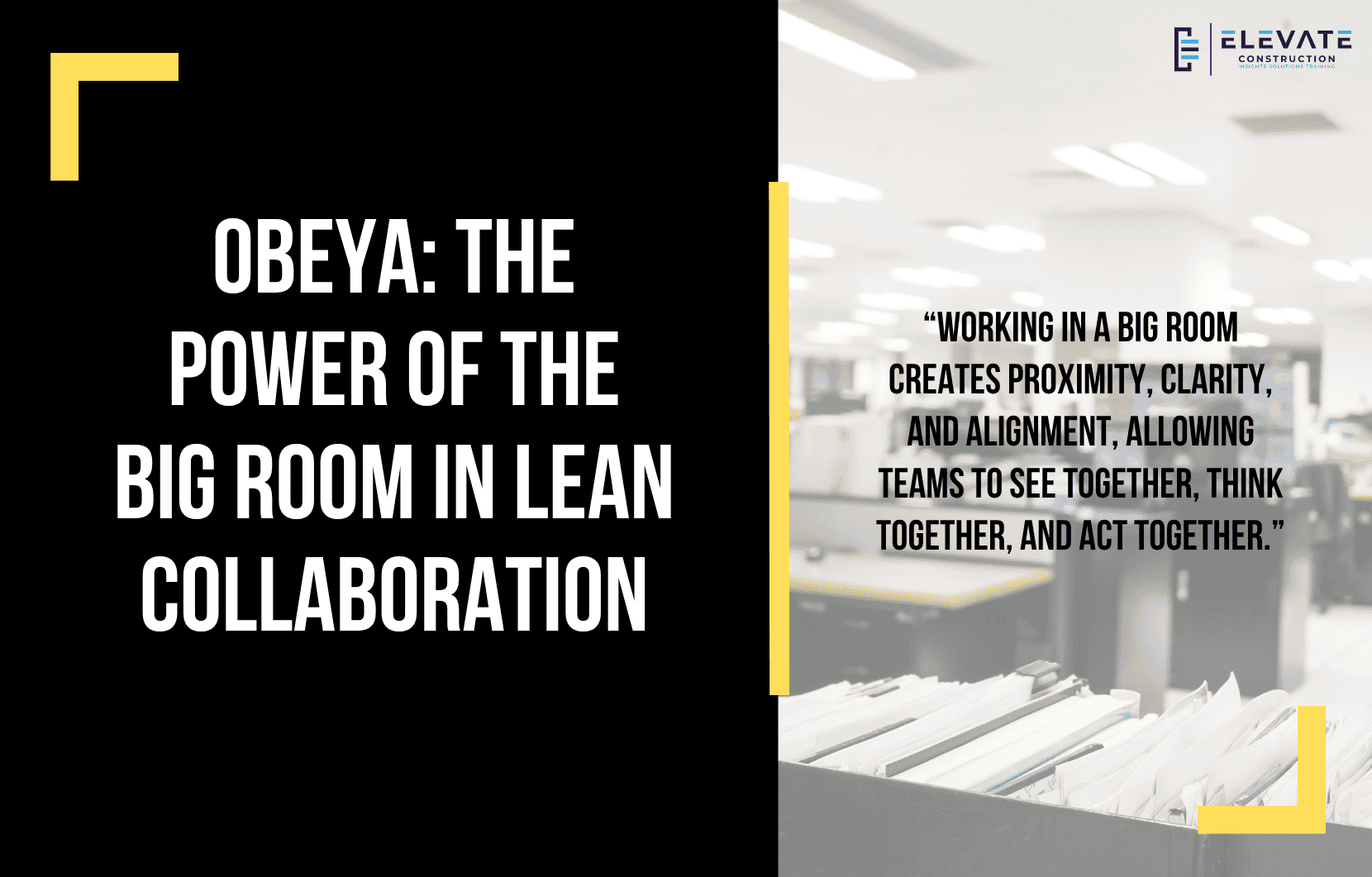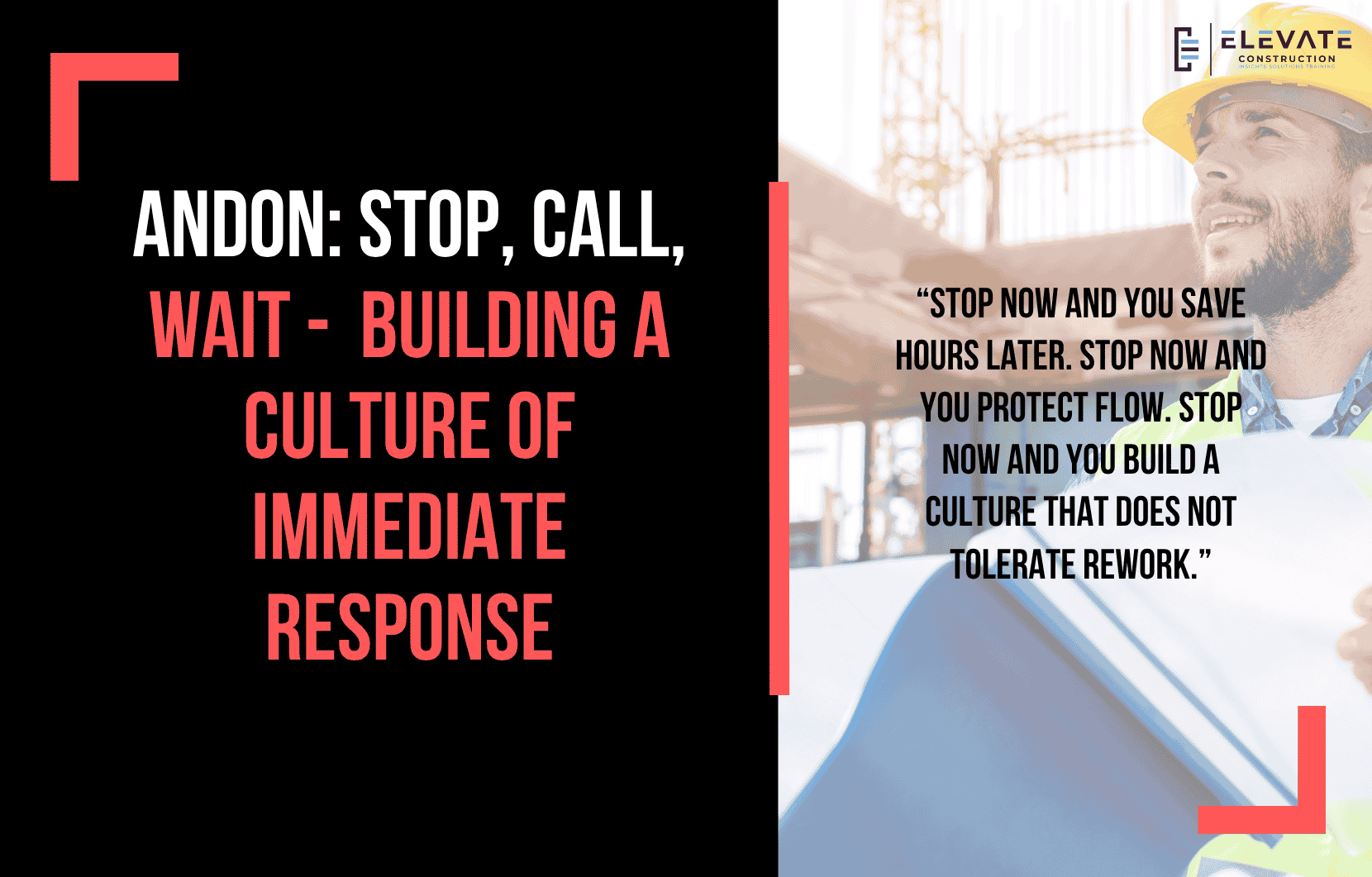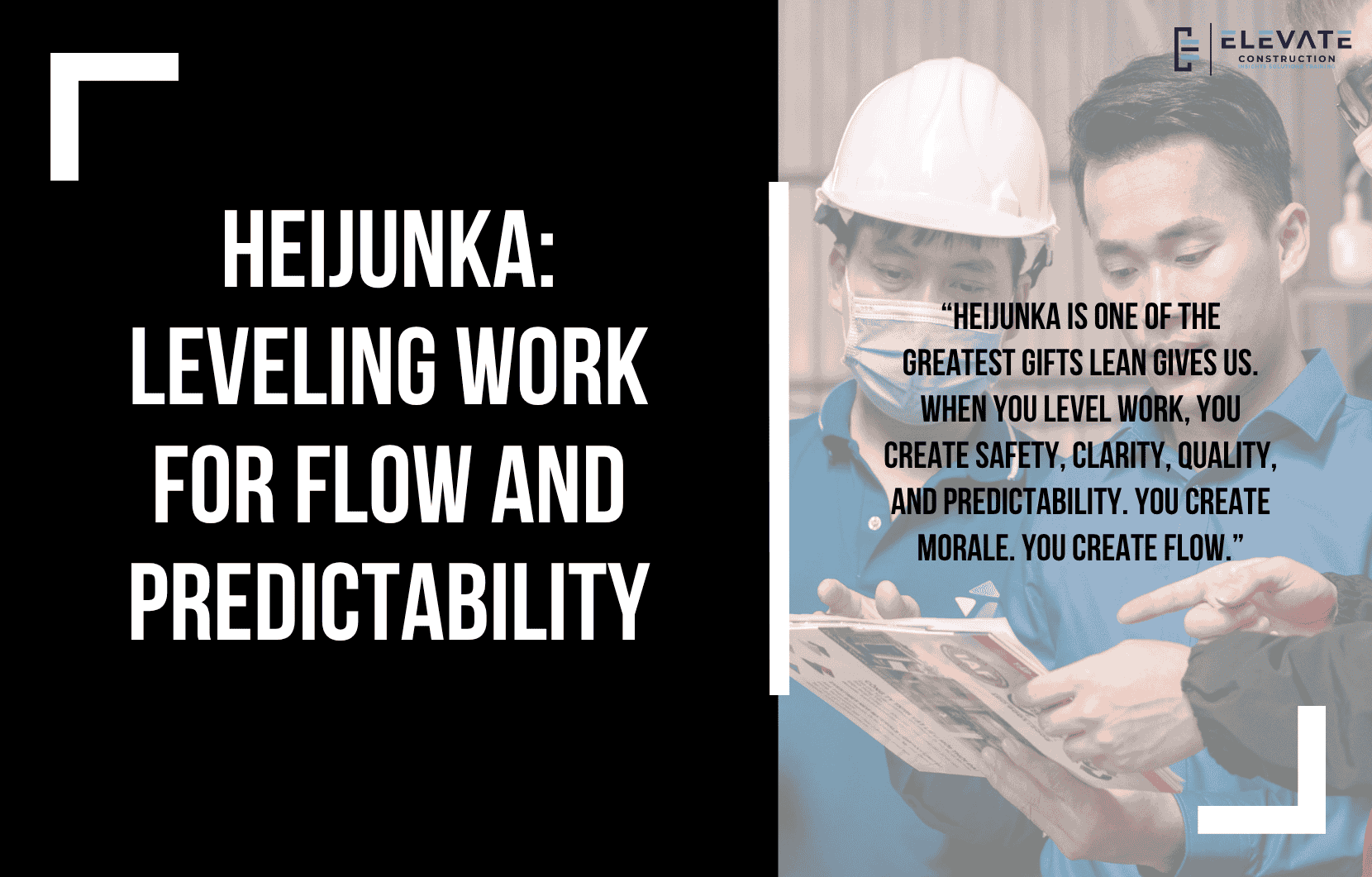Nemawashi: Building Consensus before Taking Action
Nemawashi is one of my absolute favorite concepts to teach because it directly impacts everything we do in construction today. When I learned how to apply it, it completely changed the way I led teams, planned projects, and built environments. My goal in this blog is to show you exactly how to use it so you can experience the same transformation.
Why I Look to Japanese Construction
Whenever I bring up Japanese concepts people sometimes worry about the words. I am not doing that to make things complicated. I am doing it to flip a switch in our brains. Japan consistently delivers construction projects with fewer incidents and faster timelines, even though they have just as much bureaucracy as we do.
They are a free market, just like us. They simply work together better.
I want to rise to that level. I want to play with the big dogs. I refuse to say they are better and I am out. I say I am in. Let me learn. Let me grow. Let me lead better.
That is why I embrace concepts like Nemawashi.
Why Lean Systems Need People
Last Planner, Takt, and Kanban all depend on human interaction. They are fragile systems, meaning they only work when people participate. That is exactly why they produce remarkable results.
CPM on the other hand is anti-fragile. Anyone can pick it up, throw it into a contract, do it poorly, get no results, and everyone shrugs because no one ever expected it to work. No human involvement needed.
If you want easy you choose CPM. If you want results you choose systems that require people. You choose engagement. You choose consensus.
That is where Nemawashi comes in.
What We Must Stop Doing
I have to say this straight. Command and control leadership is dead. Telling trades what to do and shoving schedules down their throat is gone. Superintendents who build plans alone and force them on teams with no collaboration are not leading. They are guessing. They are creating chaos.
Another mindset that needs to go is the idea that the superintendent can run the job however he or she wants. No. The superintendent must run the job according to the company’s operating system. That is leadership.
We have been too cowboy in the United States. Too proud to be ignorant. Too quick to dismiss collaboration. Too quick to say I do not need Japan I do not need pull plans I do not need Takt.
If we want to compete with the best in the world we have to rise above that.
Learning vs Staying Stuck
I have worked with old dog learners and old dog fixed mindsets.
Old dog learners are amazing. They have decades of experience and still stay curious.
Old dog fixed mindsets say I do not need look ahead I do not need pull plans I do not need input from trades. They cling to command and control because it is what they know.
But here is the science. When you tell someone to do something hard without including them, their brain releases cortisol. Disconnection. Stress. Resistance.
When people weigh in and buy in, even if the task is difficult, their brain releases cortisol and oxytocin together. Oxytocin is the connection hormone. It builds trust and motivation. Stress turns into eustress. The team rises instead of resists.
That is what Nemawashi unlocks.
Why Buy In Is Everything
I say this all the time. When trades help you make the plan, they will fiercely defend and execute the plan.
I see this in every successful project. I see it in every high performing superintendent. Consensus creates ownership. Ownership creates results.
Even if you are skeptical, even if you are used to running the show alone, at least understand this one truth. You cannot lead without buy in.
How I Practice Nemawashi
In companies I use catchball. Leaders send ideas back and forth. Strategy becomes shared instead of imposed.
In departments I pull teams into direction setting.
On projects I involve stakeholders in defining goals.
With trade partners I build milestones, pull plans, and look ahead, weekly work plans, and daily plans together.
With workers I ask what they want improved.
I do not run a democracy. I lead. But I lead after listening. People weigh in so they can buy in. Then I make decisions with alignment and clarity.
That is Nemawashi.
The Analogy I Love Most
Nemawashi literally means preparing the roots of the tree before planting. When superintendents build schedules in a silo they try to grow trees with no roots. One storm and everything collapses.
When I do Nemawashi, I prepare the roots. I build a foundation. The team stabilizes. The work flows. The results show up.
Consensus is planting deep roots before the tree grows.
The One Question I Leave You With
What planning, direction, or decision can you start creating with your team in consensus instead of doing it alone in a silo?
If you shift even one process toward Nemawashi, everything begins to change.
If you want to learn more we have:
-Takt Virtual Training: (Click here)
-Check out our Youtube channel for more info: (Click here)
-Listen to the Elevate Construction podcast: (Click here)
-Check out our training programs and certifications: (Click here)
-The Takt Book: (Click here)
Discover Jason’s Expertise:
Meet Jason Schroeder, the driving force behind Elevate Construction IST. As the company’s owner and principal consultant, he’s dedicated to taking construction to new heights. With a wealth of industry experience, he’s crafted the Field Engineer Boot Camp and Superintendent Boot Camp – intensive training programs engineered to cultivate top-tier leaders capable of steering their teams towards success. Jason’s vision? To expand his training initiatives across the nation, empowering construction firms to soar to unprecedented levels of excellence.
On we go

